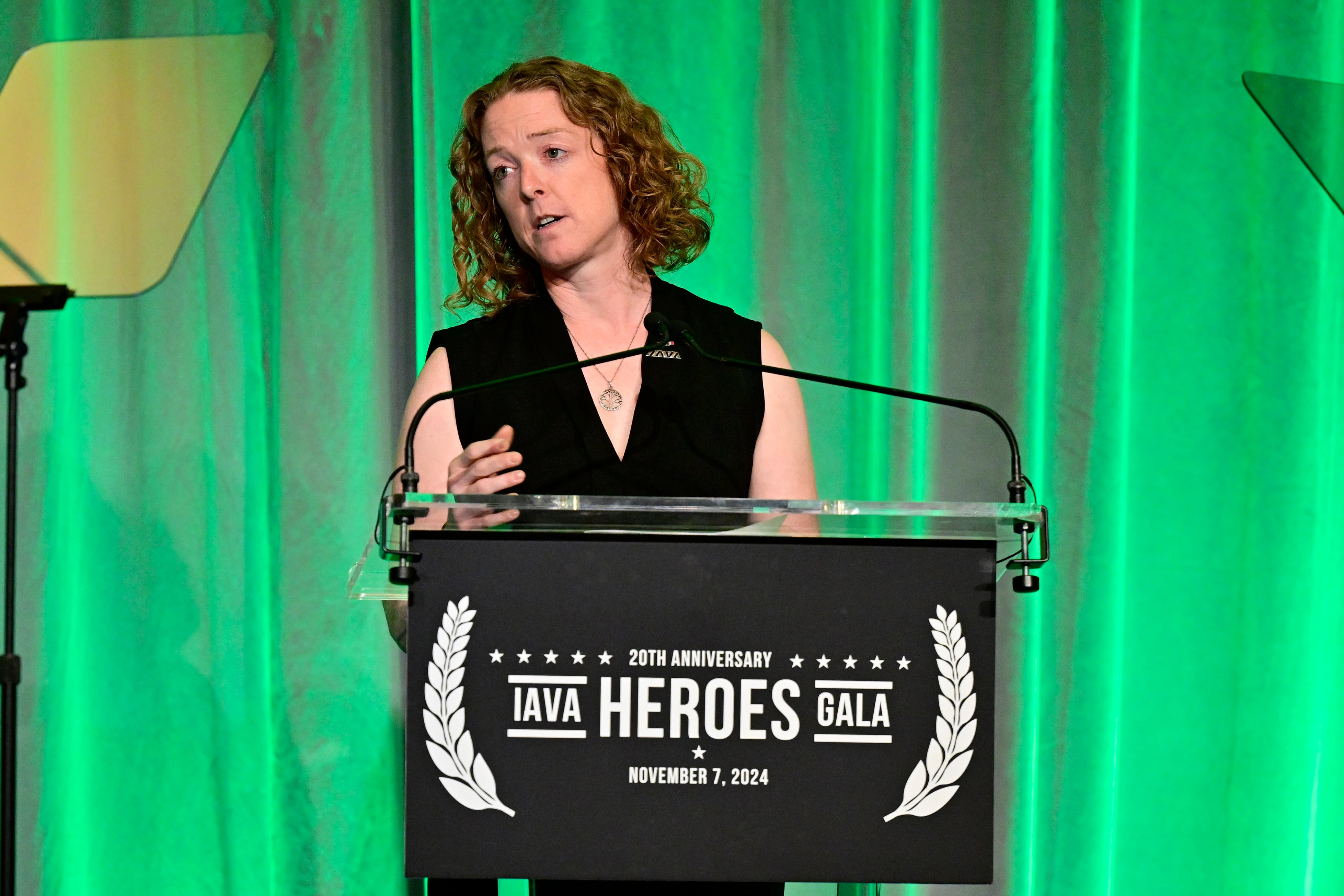Add insurance to the list of rising costs that may be affecting your wallet this year.
You may have seen premium increases already for certain types of coverage, such as auto or homeowners insurance. But with the rising cost of real estate — and everything else — you should also make sure you have enough coverage to pay for the cost of rebuilding your home and replacing your belongings if there’s a partial or total loss.
Military members often see costs of auto insurance go up or down when they move to another area of the country. Vehicle insurance premiums have returned to pre-pandemic levels, according to the Insurance Information Institute.
A number of insurance companies had given back about $14 billion in refunds and account credits at the start of the COVID-19 pandemic in 2020 because fewer people were driving, But according to an analysis by Bankrate.com, the average cost of car insurance will probably rise in 2022 for many drivers.
Inflation is having an impact, but so are other factors, such as an increase in the number and severity of accidents, supply chain issues, the rising costs of car replacement parts and labor shortages.
Insurance rates depend on many factors, such as location, type of vehicle and driving record, to name a few. “Individual premiums fluctuate and some members may see an increase in rates due to a wide range of factors,” said Brad Russell, a spokesman for USAA.
The situation affects not just the costs, but the time it takes to get repairs done and claims resolved.
“Across the property and casualty insurance industry, inflation and supply chain challenges have, in many cases, lengthened the time to get replacement materials as well as driven up the cost of paint, car parts, lumber, etc. We have also seen labor shortages in the claims marketplace, which further compounds delays, Russell said.
USAA is focusing on setting clear expectations and timelines for its members, he said, “so they understand how and when their claim will be resolved.”
Homeowners, renters: check your coverage
You might be aware that your house has gone up in value since you bought it — even if you bought it last year. Are you sure you have enough coverage to rebuild your home if partial or total loss occurs?
According to the Insurance Information Institute, home replacement costs have increased more than 10% over the past year due to higher prices for building materials and labor.
“There’s been a massive increase in costs,” said Bryce Palmer, assistant vice president of affinity programs at Armed Forces Insurance. “It puts homeowners in a position where two years ago they may have had enough coverage on their policy, but this year they might not because costs have gone up.
“I would encourage everyone to recheck to make sure they have the right amount of coverage because those costs have gone up faster than policies have been adjusted,” he said. “This is important for any family, but especially for military families.”
Some companies provide an option to handle inflation, he said, adjusting the coverage amount of the homeowners policy, and adjusting the cost of the insurance premiums accordingly.
AFI is getting calls from people asking why their premium rates have gone up, even when they didn’t file a claim. The answer is usually one of two things, he said. Either the state insurance commission granted a rate increase or your policy’s “inflation guard” provision kicked in because the cost of rebuilding went up, and the policy adjusted to increase in value.
So, if your coverage is currently $300,000, and your house is now valued at $350,000, your insurance premium would cost more because of that extra $50,000 of coverage. Not all policies have the inflation provision, Palmer said, “but it’s a safeguard.” If you’ve had a homeowners policy for 15 years with the same amount of coverage, that can mean trouble if there’s a total loss.
Another trend to watch for in the homeowners insurance arena is coverage for roofs. Companies continue to reevaluate how they handle roofs, Palmer said. “Roofs are an area where companies really see the largest amounts of claims,” because of storms with hail and wind. Companies are looking at ways to mitigate their losses, and some are going to systems where they’ll pay full replacement over a certain period, such as 15 years, and then will start depreciating it and paying certain percentages of the cost after certain numbers of years.
Military homeowners sometimes rent their homes to other people when they receive permanent change-of-station orders. With the rising cost of all real estate, these homeowners should also reevaluate the amount of insurance coverage they have on their rental properties, Palmer said.
If you don’t own your home and are renting — including military privatized housing — make sure you have renters insurance for your personal belongings. The average cost of renters insurance is between $15 and $30 per month, according to the National Association of Insurance Commissioners. That depends on location and the amount of coverage, among other things. With inflation affecting the price of so many goods, reevaluate your belongings. Would your current $50,000 worth of coverage pay for replacing everything?
An extra $25,000 in coverage will cost you extra in premiums, but that cost would be well worth it if the worst happens.
What you can do
Ask your current insurance company whether there are any steps you can take to lower your premium. Make sure you’re getting the discounts you may qualify for. Shop around for insurance, but compare apples to apples, and make sure companies are financially sound. Get recommendations from friends about insurance companies. Go back to your current company and ask if they can match a lower price.
Consider “bundling” different types of insurance with the same company, such as vehicle insurance and homeowners insurance. You may get a discount.
Consider raising your deductible, which could lower your premium costs. Just make sure you can afford to pay the difference if you have to file a claim. If your deductible is $250 and you increase it to $500, can you afford to pay $500 before the insurance kicks in?
For older cars, consider dropping the collision and/or comprehensive coverage, says the Insurance Information Institute. Their rule of thumb is that if the car is worth less than 10 times the premium, buying that coverage might not be cost effective. The value of used cars has risen dramatically, so check the value of your car at www.kbb.com.
Check your credit reports and scores. Having poor credit can mean higher premiums.
Karen has covered military families, quality of life and consumer issues for Military Times for more than 30 years, and is co-author of a chapter on media coverage of military families in the book "A Battle Plan for Supporting Military Families." She previously worked for newspapers in Guam, Norfolk, Jacksonville, Fla., and Athens, Ga.




